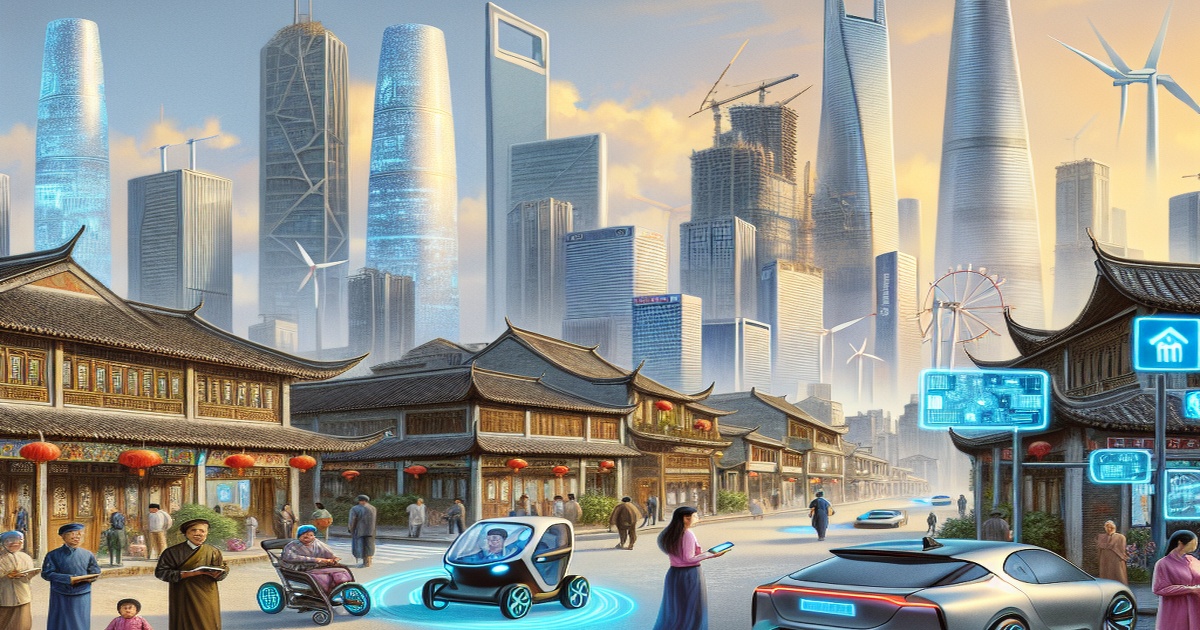Robotaxis Take Over Chinese Cities
In Wuhan, Wu You regularly hails robotaxis, or unmanned cabs, to get home after late nights at work. This futuristic mode of transportation has become an integral part of her life in the city.
"It's convenient, and the difference between these cars and regular ride-hailing services isn't that big," Wu said. "The car is clean and odorless, and offers a more private ambiance."
Wuhan residents are increasingly embracing robotaxis, transitioning from initial curiosity and concern to acceptance and appreciation of their convenience.
This trend extends beyond Wuhan. Chinese megacities like Chongqing, Beijing, Shanghai, and Guangzhou are heavily investing in robotaxi experimentation and development. Companies like Apollo Go, WeRide, and Pony.ai are leading the charge nationwide.
The proliferation of robotaxis in China is fueled by the country's supportive governance. A series of policies have been implemented to boost and regulate autonomous vehicle technology and the broader industry, covering road testing, registration, and traffic safety liability.
Local governments are also playing a crucial role. Beijing launched the country's first high-level autonomous driving demonstration zone in September 2020, covering 600 square kilometers and equipped with advanced intelligent infrastructure.
Wuhan and Guangzhou have also approved regulations to promote intelligent connected vehicles and autonomous cars, laying the groundwork for the future operation of driverless vehicles.
The rise of autonomous vehicles has spurred robotaxi development. Pony.ai, a Guangzhou-based Nasdaq-listed company offering robotaxi services, believes local regulations will create a favorable policy landscape for the industry.
Pony.ai estimates the scale of robotaxi placement to reach 100,000 vehicles by 2030, with robotaxis capturing 10-20% of the overall travel market.
The value of China's self-driving taxi service industry is expected to reach 1.3 trillion yuan (about 180.83 billion U.S. dollars) by 2030, accounting for 60% of the country's ride-hailing market at that time, according to forecasts from global consultancy firm IHS Markit.
Chinese consumers are also receptive to this burgeoning industry. A report published in November 2024 by Bloomberg Intelligence suggests that Chinese consumers are more accepting of autonomous driving than those in the United States and Europe.







5 Comments
Eugene Alta
Robotaxis offer on-demand transportation without the hassle of finding a parking space or dealing with traffic.
Loubianka
Robotaxis represent the future of transportation and symbolize human ingenuity and innovation.
BuggaBoom
Robotaxis can offer features like adjustable temperature, customized entertainment, and even delivery services.
KittyKat
The robotaxi industry will create new jobs in areas such as maintenance, software development, and customer service.
Katchuka
Data collected by robotaxis can be used to improve traffic flow, public transportation infrastructure, and urban planning.